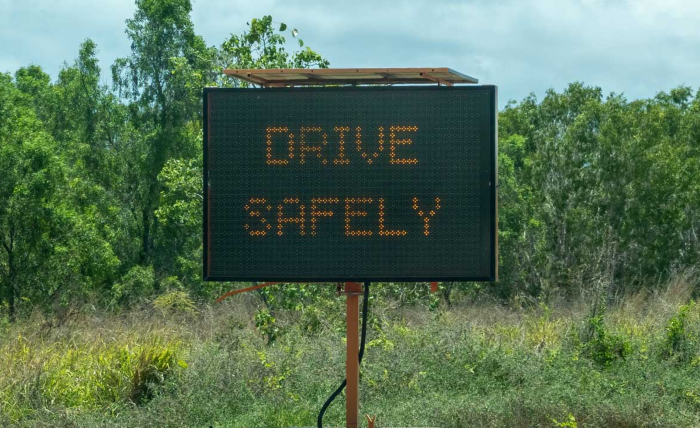Driving is an essential part of daily life, but it comes with challenges. Being prepared for different road and weather conditions is crucial to ensure your safety and the safety of others. With the right knowledge and strategies, you can handle unexpected situations and become a more confident driver. This guide provides practical tips for staying safe on the road, no matter the conditions.
The Foundations of Safe Driving
Before discussing specific conditions, it’s important to address the basics of safe driving:
- Stay Focused– Always keep your attention on the road. Avoid phone use, eating, or adjusting the radio while driving.
- Follow Speed Limits– Speed limits are designed to keep traffic flow safe. Adhering to them gives you enough time to react to unexpected situations.
- Maintain Your Vehicle– Ensure your brakes, lights, tires, and wipers are in good condition. Regular maintenance is vital for avoiding breakdowns.
Driving in Rainy Conditions
Rain can reduce visibility and make roads slippery. Here are some steps to keep in mind:
- Use Your Headlights– Turn on your headlights to improve visibility for yourself and others.
- Slow Down– Wet roads increase stopping distances, so reduce your speed to maintain control.
- Avoid Hydroplaning– If your tires lose contact with the road, ease off the accelerator and steer straight until you regain traction.
- Keep Your Distance– Leave extra space between your car and the vehicle ahead to avoid sudden braking scenarios.
Tackling Snow and Ice
Winter driving requires additional caution. Snow and ice can turn the road into a hazard zone, so always prioritize safety:
- Use Winter Tires– Equip your car with tires designed for snow and ice to enhance grip.
- Accelerate and Brake Gently– Sudden movements can cause skidding; apply light pressure to brakes and accelerator.
- Know How to Handle Skids– If you start to skid, steer in the direction you want your car to go and avoid slamming on the brakes.
- Plan Ahead– Allow extra travel time and avoid unnecessary trips during severe weather.
Navigating Through Fog
Fog can heavily reduce visibility, making it one of the most dangerous driving conditions. To drive safely in fog:
- Use Low Beams or Fog Lights– High beams reflect off fog and can worsen visibility.
- Reduce Speed– Drive slower and maintain a safe distance from other vehicles.
- Open Windows Slightly– This can help you hear approaching cars, especially at intersections.
- Avoid Sudden Moves– Steer and brake smoothly to avoid accidents.
Managing Heavy Traffic
Driving in heavy traffic demands patience and attentiveness. Here’s how to stay safe:
- Keep a Safe Following Distance– Tailgating can make it difficult to react to sudden stops.
- Avoid Lane Hopping– Constantly changing lanes increases the risk of collisions with other vehicles.
- Monitor Blind Spots– Double-check your mirrors and blind spots before changing lanes.
- Anticipate Drivers’ Actions– Watch for brake lights and turn signals to predict traffic flow.
Preparing for Uncommon Situations
Sometimes, the conditions you face may be less predictable. A defensive driving class like those in Utah can teach you valuable skills for handling emergencies, like surviving tire blowouts or reacting to sudden obstacles.
Here are a few general tips for uncommon conditions:
- Tire Blowout:Keep a firm grip on the steering wheel and slowly release the accelerator. Guide the car to a safe area, and don’t brake abruptly.
- Animal on the Road:Slow down, but don’t swerve violently to avoid an animal. Swerving could lead to losing control or hitting another vehicle.
- Breakdowns at Night:Use your hazard lights, pull over to a safe spot, and stay in the vehicle until help arrives.
Always Stay Alert on the Road
Safe driving is not only about mastering techniques but also about staying aware at all times. Constantly scanning your surroundings, obeying traffic rules, and being courteous to other drivers are key to accident prevention.
Driving safely benefits everyone on the road. Share these tips with friends and family to promote better driving habits and safer roads. Whether you’re navigating challenging conditions or simply driving to work, prioritizing safety is a decision that could save lives.
Prioritize Safety Every Time You Drive
Regarding driving, preparation, and awareness can make all the difference. Practice these safe driving strategies, stay informed, and consider enrolling in a defensive driving class to enhance your skills. By doing so, you’ll protect yourself and contribute to safer roadways for everyone. Take the time to prioritize safety every time you get behind the wheel.

